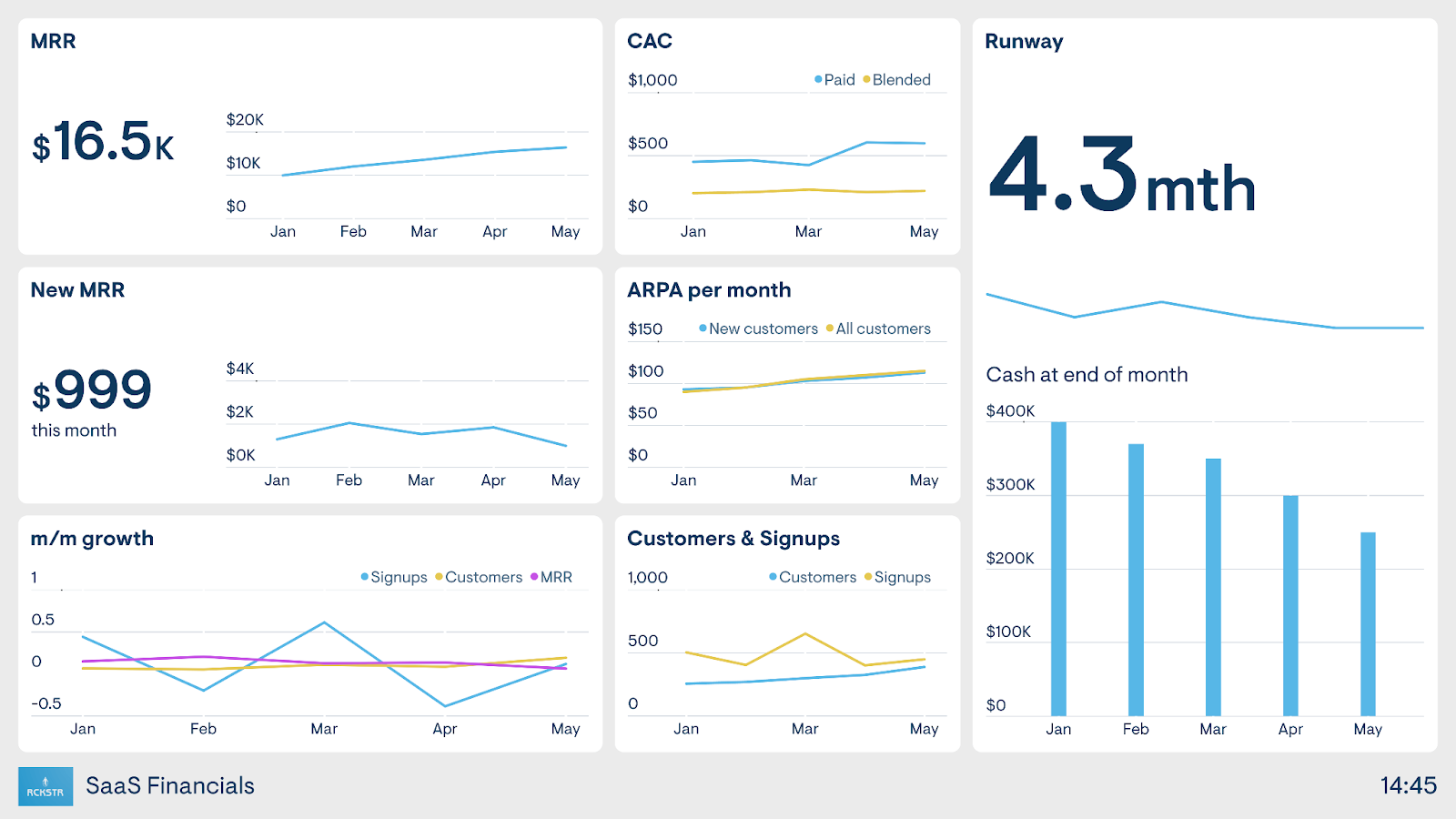
Key Metrics and KPIs for B2B SaaS
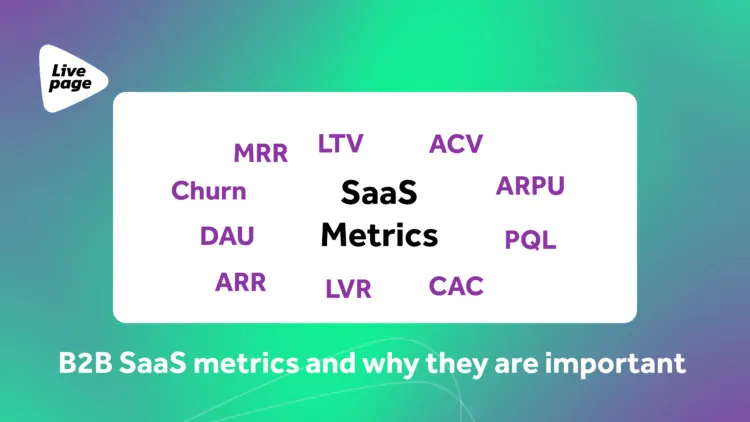
Let’s discuss the topic of “Product metrics and why they are important.” My name is Svitlana, and I am the head of the paid advertising department at the Livepage agency. We often work with different types of businesses and know that individual metrics for each one are crucial. At the same time, there are SaaS metrics that we should always use.
So, why are metrics important? I think we should first separate the terms “metrics” and “KPI” because “metrics” refer to certain data that we monitor throughout the entire cycle of our project. KPIs, on the other hand, are specific goals that we set when we achieve certain numbers or ratios in metrics.
“If you don’t know where you are going, you will probably end up somewhere else” — Lawrence J. Peter
We need metrics to choose the direction to move correctly and at the right speed. For example, you can attract users for $0.10 during the product trial period. However, if you do not calculate your conversion rate from the trial period to the paid subscription, your unit economics may not bring the results or be profitable for your project.
The calculation is important in SaaS. As marketers and analysts developing custom-tailored SaaS solutions including SEO, SaaS content writing service, and SaaS digital marketing services we know this better than anyone.
In this article, let’s consider the main metrics suitable for almost every business, including SaaS. We can divide them into three categories:
- Business Metrics: MRR, ARR, Revenue Churn.
- Product Metrics: DAU, MAU.
- Customer metrics: CAC, ARPA, LTV.
MRR
MRR refers to the monthly recurring revenue of the project. It is the total product revenue for the month, and this indicator can increase due to new paid subscriptions and retention of the available paid subscribers. In fact, all SaaS projects are created to generate revenue. In my opinion, almost every specialist should track these metrics to understand the growth of a product in financial terms.
ARR
ARR stands for the accounting rate of return. This metric shows the level of investment profitability. It is possible to see this metric in various advertising investments of the project. For example, we invest $10,000 in an advertising channel and then receive $30,000 in user revenue for three months. Then we can calculate our accounting rate of return for a particular advertising channel.
Revenue Churn
Revenue Churn is a metric that reflects the amount of lost profit within a project. This metric is often calculated along with the Churn Rate in SaaS.
For instance, if the monthly Churn Rate within our product is 5% of paid users, then we can take this number of users and multiply it by our average project check. It is also a good idea to take specific payments that we lose to calculate and predict the rate of lost profits. Our PPC agency for SaaS take off our rose-colored glasses to see where we stand and what we are doing.
DAU, MAU
DAU — daily active users.
MAU — monthly active users.
These metrics show the number of active users within your product. The DAU and MAU numbers show us the current state of the product in the number of users, as well as our scaling and the product popularity.
It is also important to understand that you need to separate DAU and MAU because you may have five active users per day, and there will be 100 of them in a month. For B2B SaaS, it is completely normal to use a product once a month to send reports or view invoices. However, if you have a network web app, in the perfect case scenario, the DAU metric should be equal to MAU, as the daily activity within the app is crucial to you, not just the monthly one.
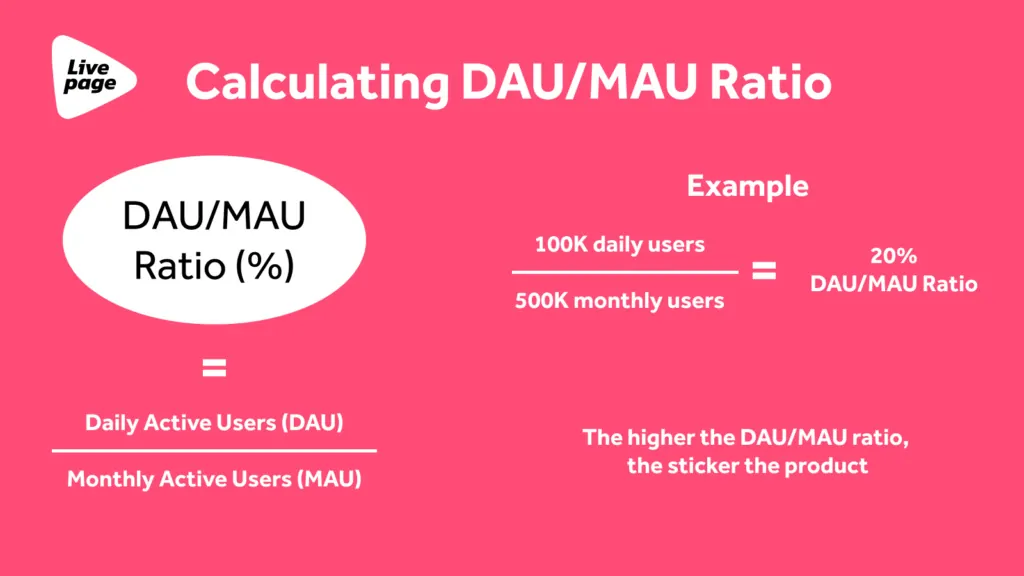
CAC
CAC stands for customer acquisition cost, and this metric determines the cost of attracting one customer. If you have not heard about this metric, it is extremely important! We regularly use this term in our everyday work because it is crucial to keep in mind the cost of attracting a single customer when working on projects.
As the owner of a SaaS project, you must know at what cost it is profitable to attract one paid user and set your limits. For example, you attract a user for $4 for the 3rd month of advertising. But, after a few months, you can attract a customer for $2, thanks to marketing optimization and a comprehensive strategy. Although you may consider the $4 option profitable, your team has to understand the limits they cannot go beyond.
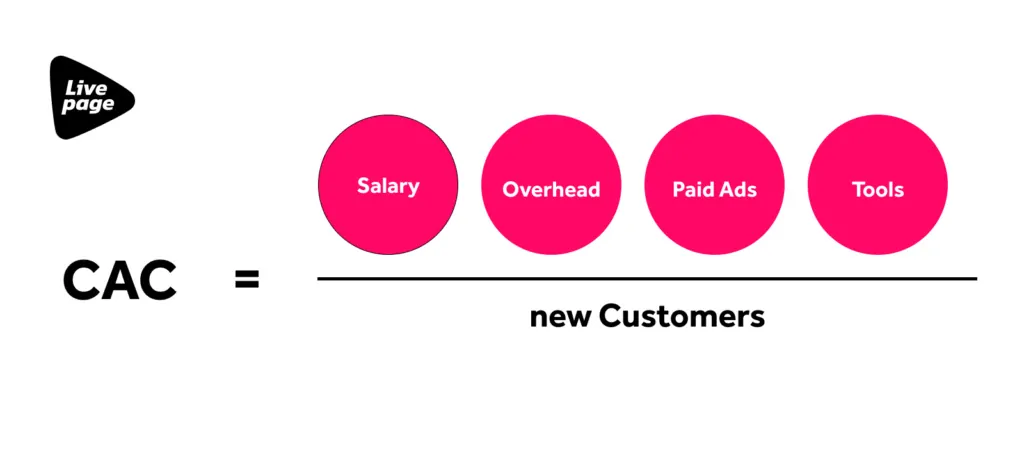
ARPA
ARPA is the average revenue per account, which is calculated for a day, month, or year. This indicator is important for your SaaS project when you use several service packages for each user. This metric is often involved in projects with a large number of upsells, cross-sells, and downsells.
It is essential to keep track of an average check and check for each account of your customers to understand how effective a particular pricing package is for certain types of customers. Additionally, this indicator allows you to determine your sales team’s efficiency.
LTV
LTV and LT is a metric that reflects how much profit a user brings to you over the entire “lifetime” of a product. Every specialist within a SaaS project should analyze this data. Why?
Here is a simple example. One of our clients said: “We are not ready to attract a client for $20, as it is too expensive for our business. We attract a client for $20, and they pay us $5.” It sounds reasonable, and the concept is simple — we spend more to attract a client than they pay us.
However, by diving deeper into the project and calculating the LTV of customers, we discovered that, on average, this indicator over the entire project history is $320. That is, an average customer brings $320 to the company in revenue per year, and we attract them for $20. Now the numbers make sense, and it is vital to be aware of them and track them properly.
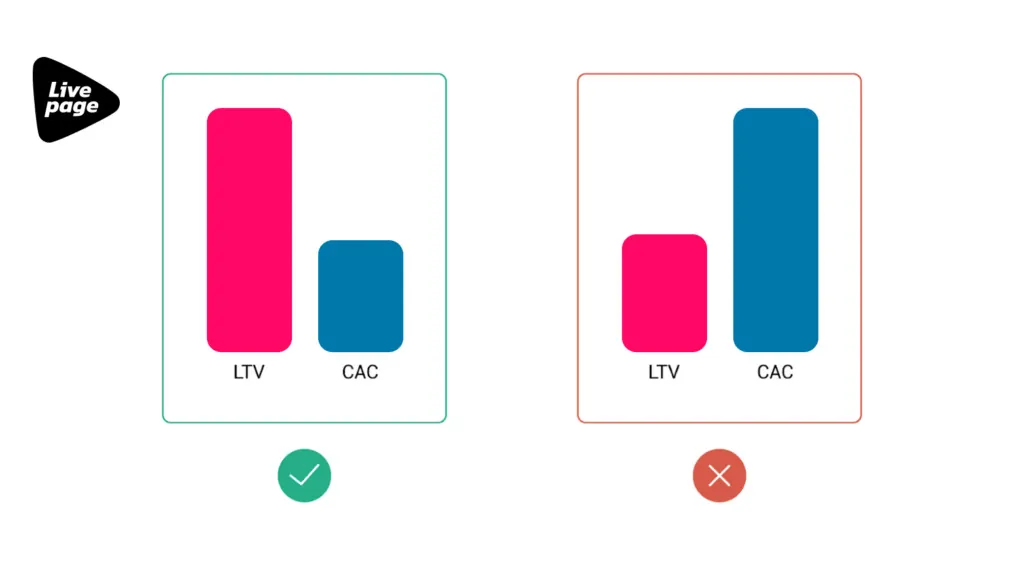
Conclusion about metrics
I encourage every owner, product manager, CMO, and other SaaS product manager to delve deeper into the metrics of their projects and answer the question: “Do I know everything about our users?”. And suppose you don’t have the right tool to track this data. In that case, our SaaS marketing analytics agency Livepage offers services of product analytics customization using tools such as Amplitude analytics, Google Data Studio, etc. We create end-to-end analytics for IT companies and B2B SaaS. You can freely contact us to get a consultation on your issues.
